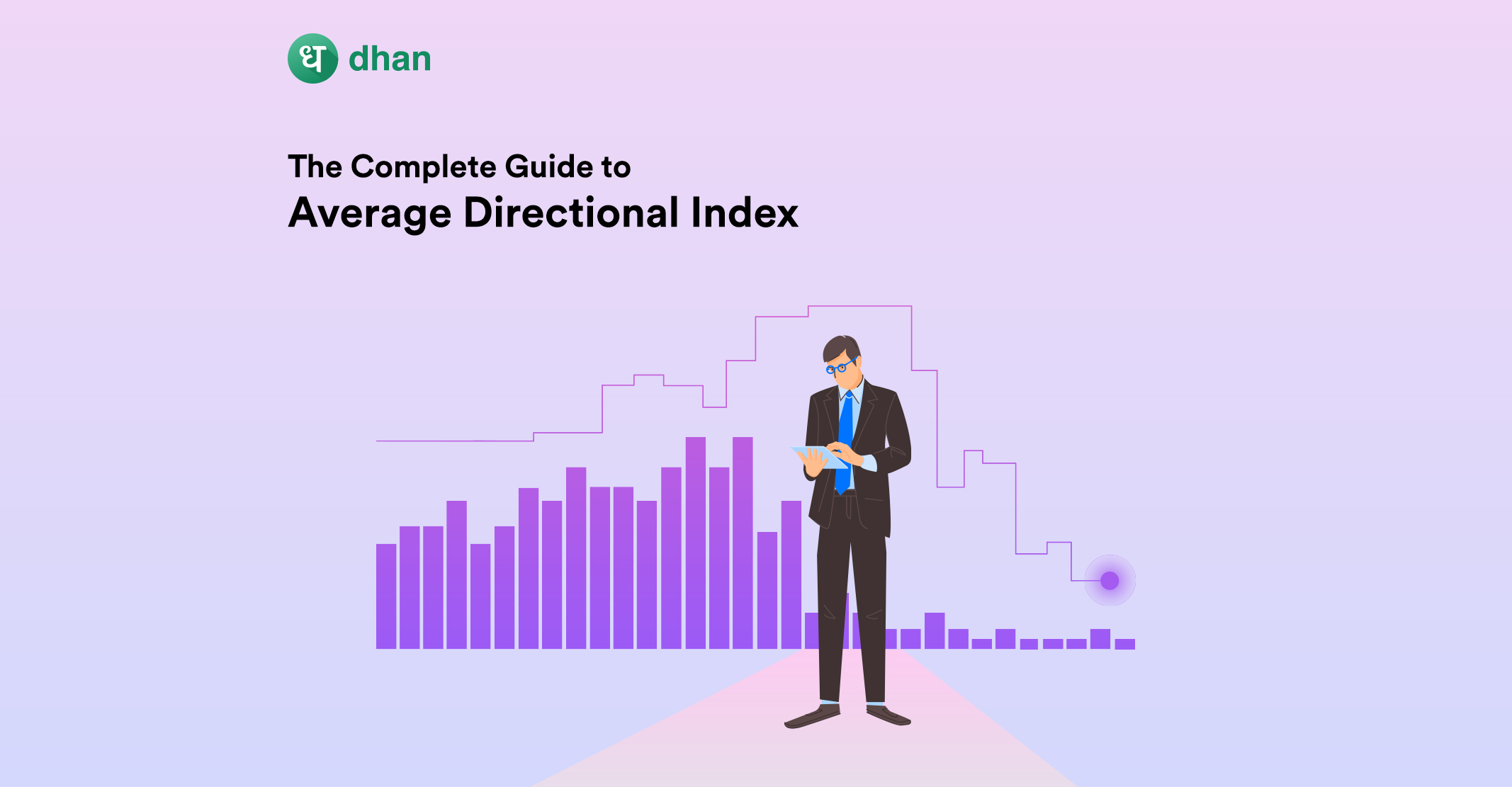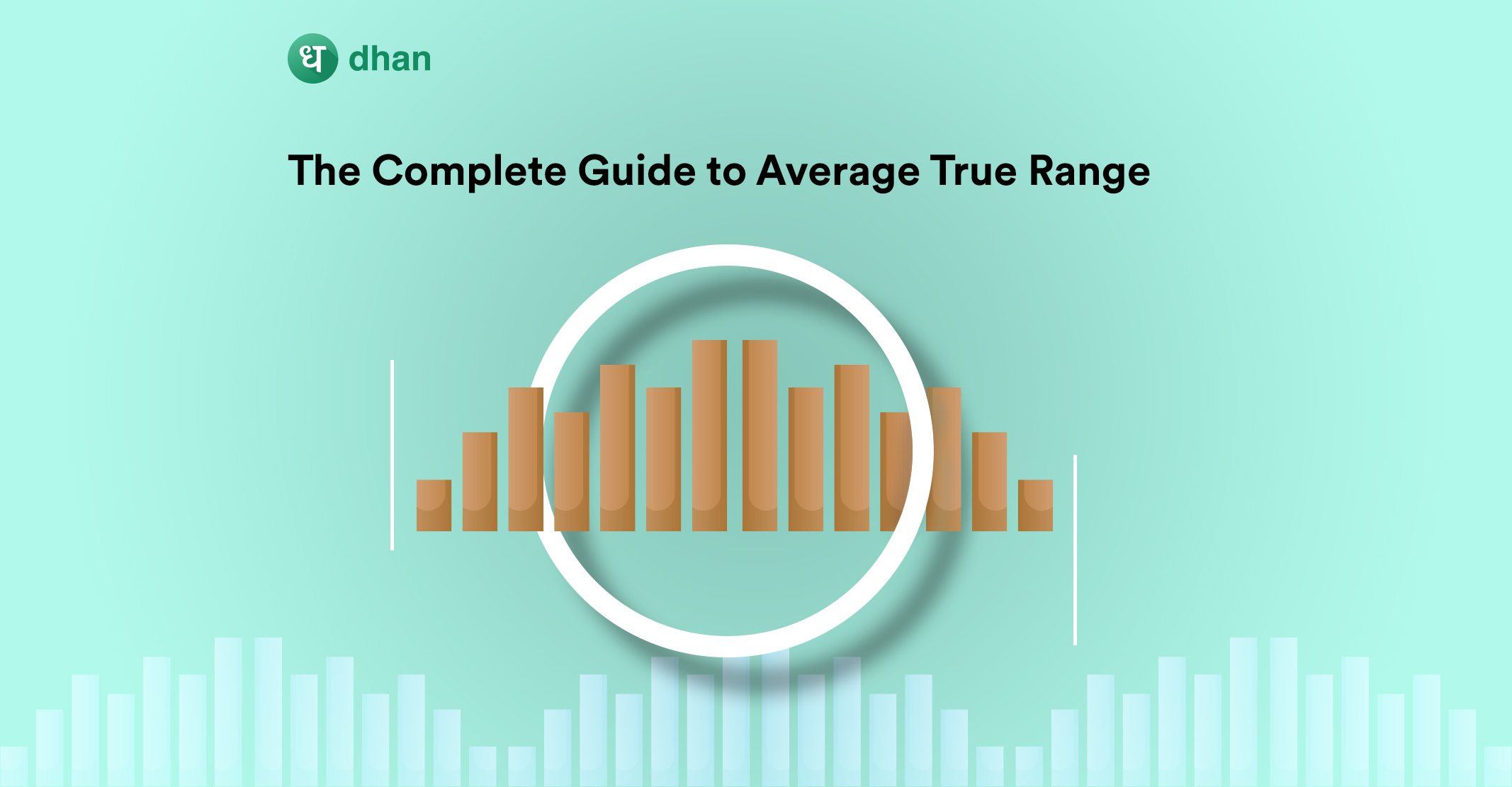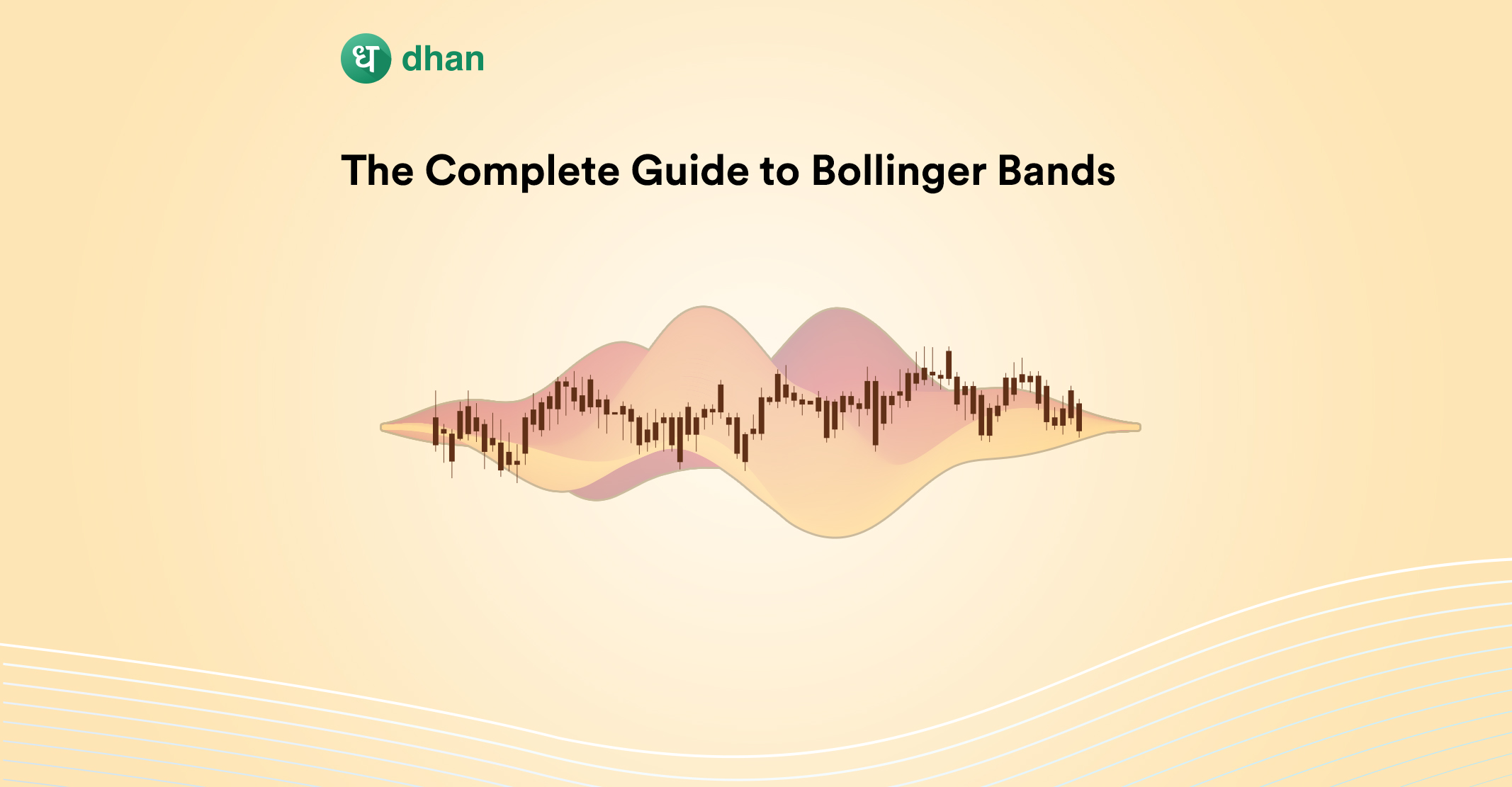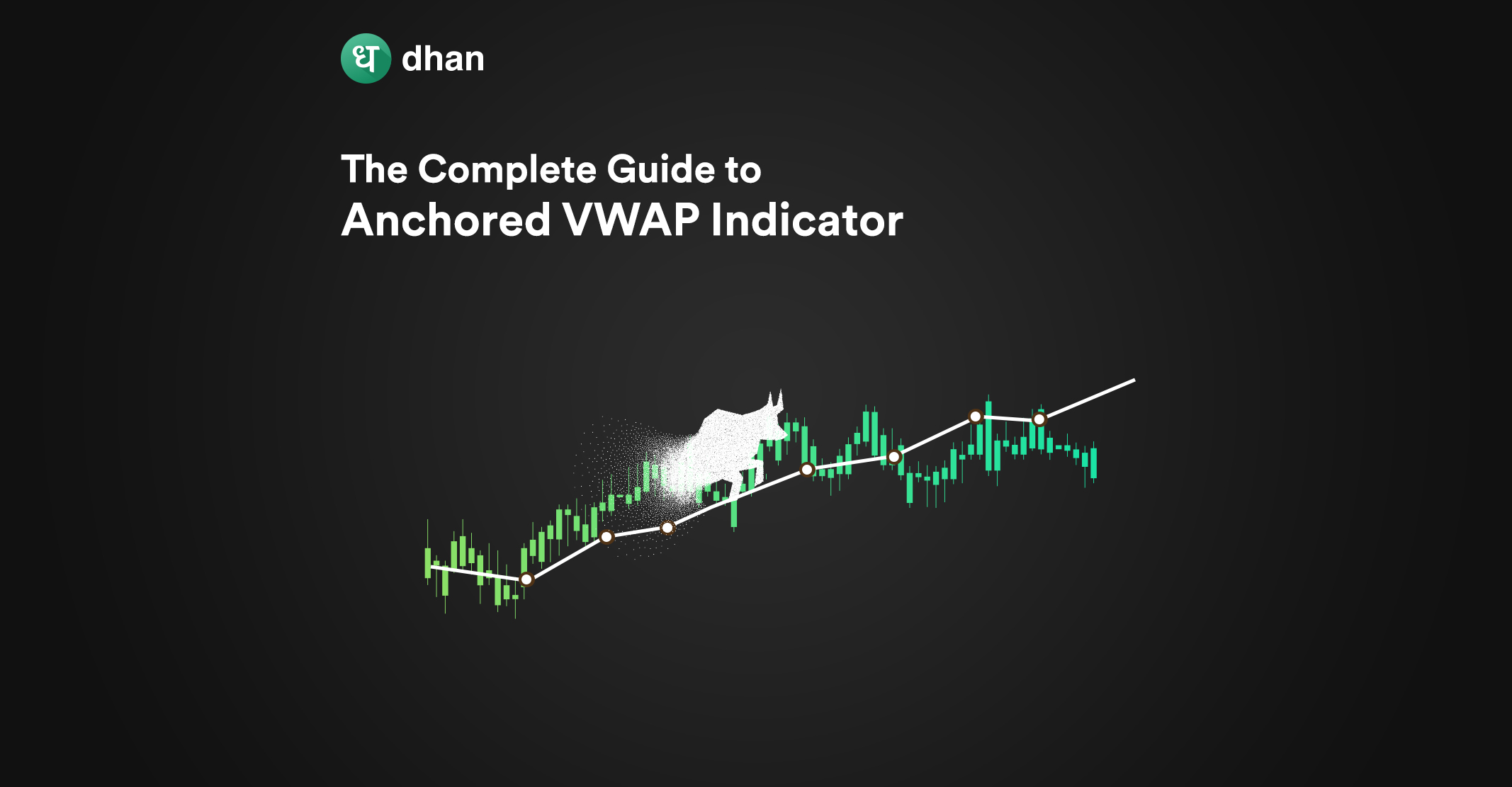Trend trading is known to be a lucrative strategy if executed correctly. That’s why there are indicators specially designed to identify the strength of trends or at least parts of them. One such indicator that does both is the Average Directional Movement Index.
What is the Average Directional Movement Index?
The Average Directional Movement Index (ADX) can tell you whether there’s a strong or weak trend in the price of a security. More specifically, ADX values range from 0 to 100.
The trend that you’re analyzing is weak if the ADX value is below 25. If it’s higher than 25, then the trend you’re chasing is strong or getting stronger.
The question is – what do you do with these ADX values? Turns out, you can make buy or sell decisions. The onset of a weak trend is a signal to sell while an incoming strong trend is a signal to buy.
If you think this is neat, then you’ll want to thank the person who built the ADX indicator – J. Welles Wilder. He developed the indicator in 1978 as a combination of two directional movement indicators.
The first one is the Positive Directional Indicator (+DI). It measures the strength of a positive trend (uptrend). The other one is the Negative Directional Indicator (-DI). It measures the strength of a negative trend (downtrend).
The values that you get from these two directional movement indicators are smoothed and averaged to show you the ADX value.
Rather than a Smoothed Moving Average (SMA), some even use Exponential Moving Average (EMA) or Weighted Moving Average (WMA). Curious? Let’s jump into the Average Directional Movement Index formula.
How to Calculate ADX Formula?
To calculate the formula of ADX, you’ll need to measure the Average True Range (ATR), +DI, -DI, and DX. This could be for minutes or hours, but it’s generally for 14 days.
- ATR = {[1st ATR* x (n-1)] + Current TR} / n
- +DI = [ (current high – previous high) / ATR ] x 100
- -DI = [ (previous low – current low) / ATR ] x 100
- DX = (+DI – -DI / +DI + -DI) x 100
*1st ATR = High – Low for the first 14 periods.
Once you have these values handy, the ADX formula can be calculated as follows:
ADX = (DX1 + DX2 +…+DX14) / 14
Lucky for you, these calculations are automatically done by platforms that give you access to the ADX indicator. For example, you can easily use ADX on Dhan for stocks, commodities, currencies, and derivatives.
Can you guess whether the trend is high or low? Test yourself by trying to spot the ADX value on the chart!
How to Interpret the Average Directional Movement Index?
The ADX is a non-directional indicator. What this means is simple – ADX will tell you what the strength of a trend is, regardless of whether it’s a positive or negative trend.
You can use it to plan your trades, but only after understanding how to interpret each possible ADX value. To make it simple, we’ve laid out everything on one table.
| ADX Value | Interpretation |
| <20 | No trend |
| <25 | Weak trend |
| >25 | Solid trend |
| 25-50 | Strong trend |
| 50-75 | Very strong trend |
| 75-100 | Extremely strong trend (rare) |
Is ADX a Good Indicator?
Identifying the strength of a trend can be useful in trading any security. The ADX is known to do a good job of determining strength trends.
That said, just like any other indicator, the Average Directional Movement Index has its pros and cons.
As far as strengths are concerned, the ADX is adept at combining the +DI and -DI indicators to give you solid information about trend strength and crossover signals.
Even before that, it can help you figure out if a trend exists in the first place.
However, if there are too many crossovers happening too quickly, it may give you suboptimal trading signals that may lead to potentially bad trading decisions.
Thus, whether or not the Average Directional Movement Index is good or bad shouldn’t matter. What should matter is if it fits your trading style.
You can use it with other indicators too like the Relative Strength Index (RSI), so that’s another pro that you can focus on.
- The Complete Guide to Bollinger Bands Indicator
- Best Forex Trading Strategies for 2022
- Forex Market Hours & Holidays in India for 2022
Watch the video below to learn how to use the ADX indicator while trading:



